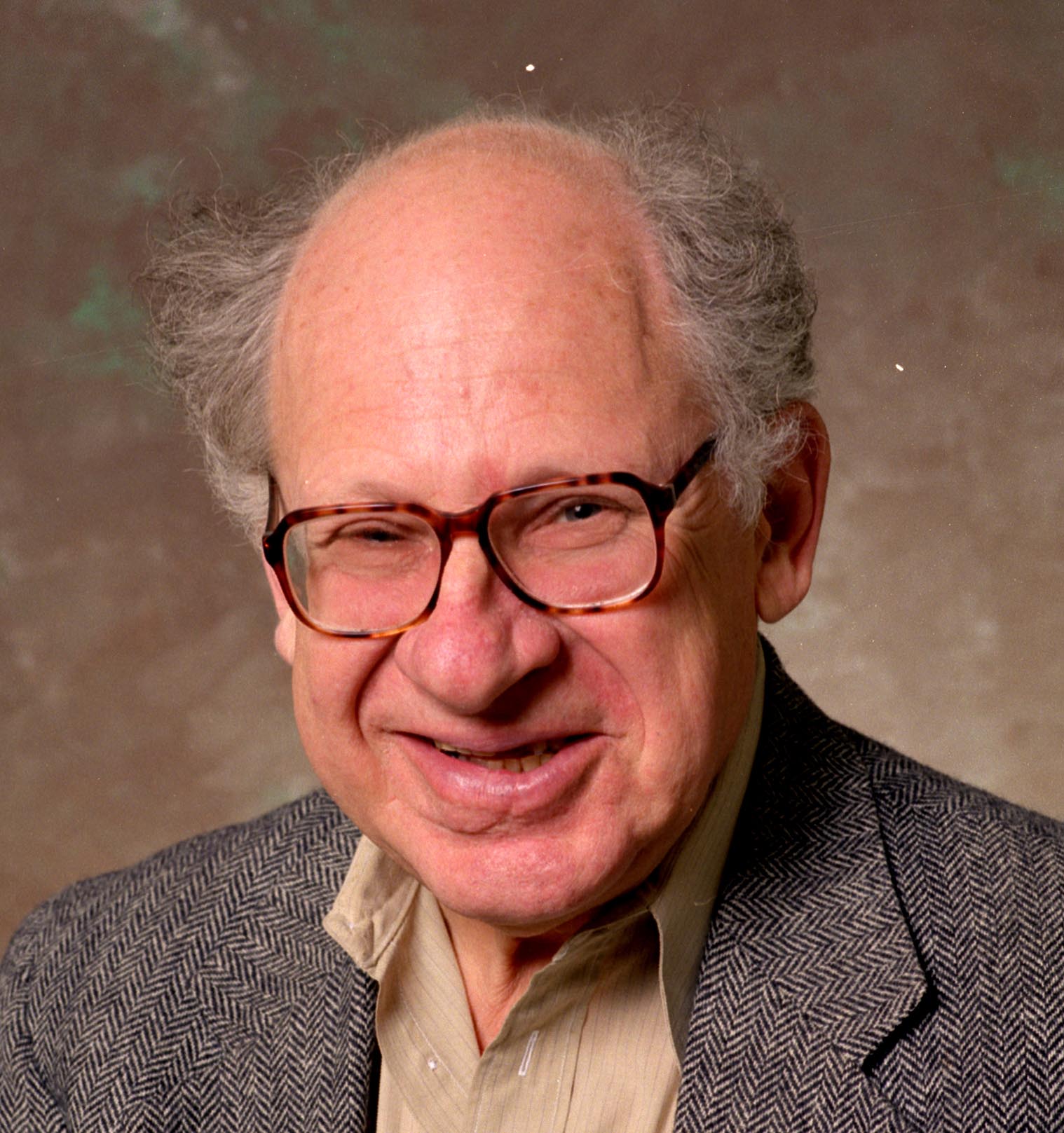Richard Marrus received his B.S. from New York University in 1954, and his Ph.D. from UC Berkeley in 1959. He served as a postdoc and then as a staff scientist at Lawrence Berkeley Lab until 1963. After an appointment as assistant professor of physics at New York University, he joined the UC Berkeley physics faculty in 1964. He is a fellow of the American Physical Society and has been awarded an NSF senior scientist fellowship as well as a John S. Guggenheim Fellowship. In 1978 he received a U.S. Senior Scientist award from the Alexander von Humboldt Foundation. In 1997 he was awarded an honorary doctorate (Doctor Honoris Causa) by the University Pierre et Marie Curie; Paris VI, France.
Research Interests
My main research interest at present is in the spectroscopy of one- and two-electron ions at very high atomic number. This research is conducted mainly at accelerators located in Europe (GANIL accelerator in Caen, France and the SIS accelerator in Darmstadt, Germany). In this work, the beam-foil method is used to ionize the very-high energy ions emerging from the accelerator (34.5 GeV Au from the SIS accelerator) to the hydrogenic (one-electron) and helium-like (two-electron) charge states. Measurements are then made of the lifetimes of the excited atomic states to test predictions of relativistic quantum mechanics and quantum electrodynamics. Measurements have recently shown that nuclear spin effects can cause the lifetimes of the same atomic state to differ by an order of magnitude or more in different isotopes of the same element. Another project concerns the measurement of the hyperfine structure of the n=1 ground state of hydrogenic ions at very high-Z.
Current Projects
I am currently organizing an experiment at the SIS accelerator in Darmstadt to make lifetime measurements in heliumlike Au and U (Au77+ and U90+). The goal of these experiments is to obtain accurate values for the fine-structure separation and the Lamb shift in the n=2 state of these ions. Even for this seemingly simple 3-body system, accurate calculation has proven difficult because relativistic and radiative corrections are so large. Hence accurate experiments are needed to test the calculations. Another goal of this experiment is to observe for the first time, a rare two-photon (M1)(E1) decay mode predicted for the decay of the 23P0 state of two-electron uranium.
Another project with which I have involvement is the measurement of the hyperfine structure of the ground state of hydrogenic bismuth (Bi80+). This experiment will involve laser spectroscopy of trapped ions and will be conducted at the EBIT facility at Lawrence Livermore National Lab.
Publications
B. B. Birkett, et al., “Hyperfine quenching and measurement of the 23P0 - 23P1 fine-structure splitting in heliumlike silver (Ag45+),” Phys. Rev. A47, 2454 (1993) and references contained therein.
A. Simionovici, B. B. Birkett, J. P. Briand, P. Charles, D. D. Dietrich, K. Finlayson, P. Indelicato, D. Liesen, and R. Marrus, “N=2 to N=1 forbidden transitions in H-like and He-like silver and niobium,” Phys. Rev. A48, 1695 (1993).
L. N. Labzowsky, A. N. Nefiodov, G. Plunien, G. Soff, R. Marrus, and D. Liesen, “Parity-violation effect in heliumlike gadolinium and europium,” Phys. Rev. A63, 054105 (2001).

